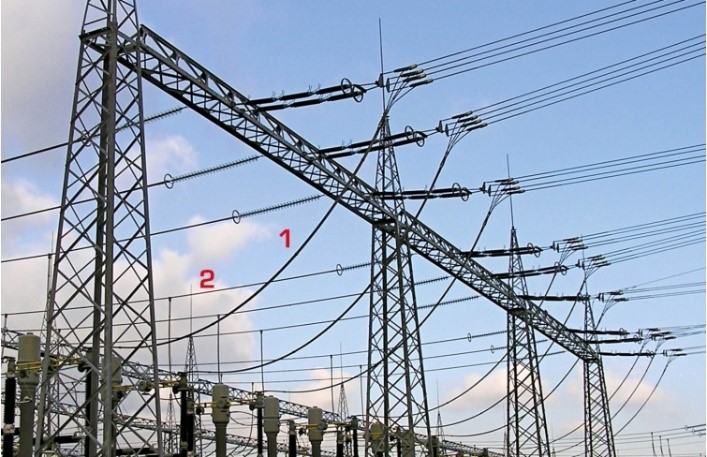EM-126 | Hanging Rope Apparatus

- Determination of the catenary of a free-hanging cable
- Symmetrical and unsymmetrical experimental setup possible
- Roller chain as cable with 2 ball bearing-mounted chain wheels
- Adjustable chain wheel axle spacing
- Height of a chain wheel adjustable for unsymmetrical experimental setup
- Cross-arm with scale to hold chain wheels and rule to measure vertical sag of chain
- 2 hangers to load the ends of the chain
- L x W x H: 1170x480x178mm
- Weight: approx. 29kg (total)
Description
Technical Specification
Media
Free-hanging cables and ropes are often used to support a structure, such as stay cables. On suspension bridges they are the load-bearing element of the structure. In many calculations the influence of the dead-weight of the cable can be ignored, because it is low compared to the other loads. In the case of overhead power lines, however, the dead-weight of the cable is relevant to the design of the pylons.
A free-hanging cable under the influence of its own dead-weight is investigated. A roller chain serves as the cable, and is mounted on two ball bearing-supported chain wheels. The chain wheel units are fixed to a cross-arm. The spacing between the chain wheel axles can be adjusted horizontally and vertically. Weights can be attached to both ends of the chain. The maximum sag is measured using scaled rules, and can be compared with calculated values. The sag is the distance between the connecting line of the supports and the catenary (see also illustration: “Actual applied cable forces”).


Roller chain
- length: 2400mm
- weight: 0,95kg/m
Chain wheel, number of teeth: 17 Cross-arm
- axle base: 600…1000mm
- groove spacing: 50mm
Holder
- adjustable height of chain wheel: 0…300mm
- hole spacing: 50mm
Weights
- 2x (hanger)
- 8x 1N
- 6x 5N
Measuring ranges
- horizontal: 0…1000mm
- vertical: 0…850mm
- graduation: 1mm
Any questions? We are happy to help...
+49 40 670 854 - 0
sales@gunt.de
Newsletter
About Us
EduTech Lahore excels in designing and supplying cutting-edge equipment for Engineering Education in Mechanical, Polymer Chemical, Civil and Control Engineering. Focused on meeting the demand for quality education, we offer cost-effective solutions for the latest teaching equipment.
Contact Info
Head Office (Asia)
EduTech
Lahore
Regional Partner Office (UK)
Sales Partner (Middle East) GCC International FZC
Leave a Message
WhatsApp us
